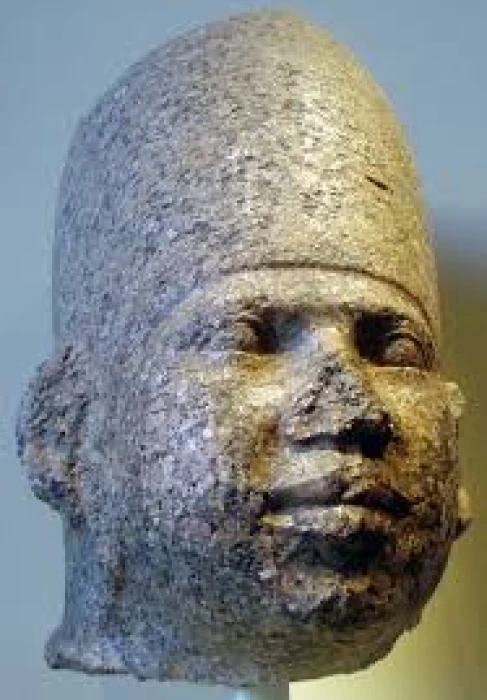
The Kings of the Second Dynasty and Their Secrets
Tales and secrets revealed by the ancient Egyptian through his great civilization that reaches thousands of years, and still dazzles the world until now, every now and then one of the mysteries of that history extending over many centuries is solved, some of which were recorded on the walls of the temples in the time of ancient Egyptian writing, and others have not yet been recorded, but are revealed by archaeological treasures that come out of the ground. If you are interested in exploring Egypt’s rich history, you can consider Egypt Travel Packages and Egypt Day Tours to visit these remarkable sites.
Our story today is with the kings of the Second Dynasty, as the first of those who ruled this dynasty was King “Hetep Sakhmoy,” and a kneeling granite statue of him was found with the names of three kings written on his shoulder. During his reign, an earthquake occurred in the area of Tel Basta, causing many casualties. It is possible that this earthquake occurred due to the proximity of the place to the volcanic area of Abu Zaabal. Those interested in ancient Egyptian history can explore Egypt Shore Excursions to visit historical locations such as Saqqara and Tel Basta.
He was succeeded by King Neb-Ra (Kakao), and it seems that he was buried in Saqqara, as seals were found for him indicating this. The Egyptian historian “Maniton” mentioned that this “Kakao” had called for the worship of the calf “Apis” in Manaf and the calf “Manfis” in Ain Shams, and the worship of the ram in Mendes. This king was succeeded on the throne of Egypt by the pharaoh “Netter-en,” and a few relics of this pharaoh were found, including a vessel of King “Nab-ra” that “Netter-en” took for himself for his daily washing. In 1938, the Department of Antiquities found an underground tomb in Saqqara dating back to the Second Dynasty, in which some pots with seals stamped with the name of this king were found. His name was also mentioned on the Balram stone, and we conclude from the inscriptions that he ruled for more than 35 years without a doubt. Maniton mentioned that this pharaoh ordered that the king could be succeeded by a female, a custom that may have been restored. Egypt Travel Packages can offer tours that explore these fascinating archaeological sites.
During the reign of his successor “Bar-Ib-Sen,” a great coup occurred as he returned the king's capital back to “Araba” and changed his name from Hori, the oldest title of the pharaoh, to the name of the god “Set.” This incident is unique in Egyptian history. The last ruler of this dynasty was King “Kha-Sakhmoy,” and only some seals remained from his relics, by which we could know his religious policy, according to Dr. Salim Hassan in the Encyclopedia of Ancient Egypt. The meaning of his name is “the two powerful ones,” symbolizing the god “Hor” and the god “Set,” representing the double crown of Egypt. Pharaoh “Bar-Eb-Sen” had changed his Horian name to “Set,” but Pharaoh “Kha-Sakhmoy” returned to the Horian policy without abandoning the policy of “Set.














